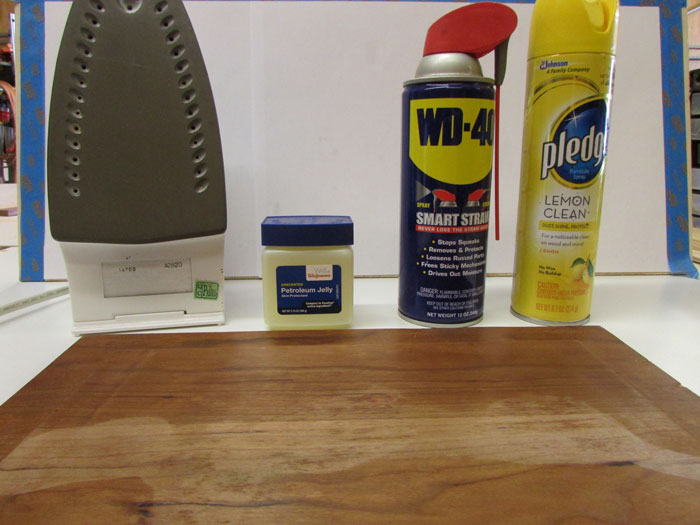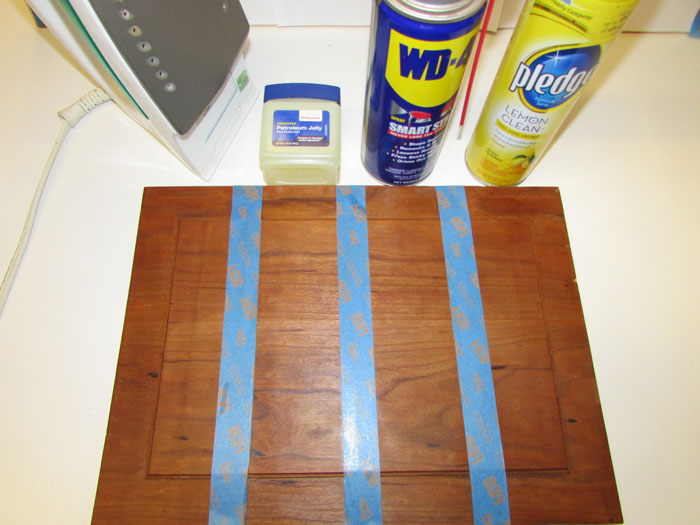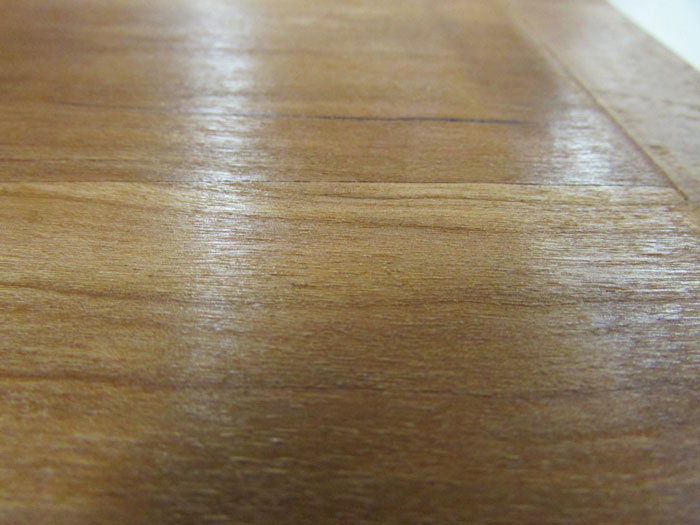How to Remove a Watermark from Your Furniture
No matter how many coasters you have laying around, at some point you will find a watermark on your furniture.
Watermarks are simply moisture getting between the protective coat on your furniture and the actual wood. The older your furniture, the more likely you will have this problem because protective finish breaks down over time. Some items work, other not. We’ve compared the most common solutions and provided step-by-step instructions for you to reference.
What to do:
Step 1: Drying off the spot and letting it air dry should always be your first step. If you can, wait 24 hours for drying.

Step 2: Furniture polish works about 50% of the time to remove small spots. You need to wait to until the spot is dry before attempting; otherwise, you probably won’t see improvement.

Step 3: WD-40™ is the go-to solution for many of life’s headaches. Add watermarks to that list. It works most of the time. Again, let the furniture air dry first before using WD-40™. Spray a little on, wait 10 minutes, then wipe off.

Step 4: WD-40™ probably worked, but in case it didn’t or there’s a small mark remaining dab some petroleum jelly on the spot. Dab, don’t rub in. Rubbing it in may leave a slightly darker spot on some wax finishes. Let it sit 10 minutes then wipe off.
Step 5: Lastly, we hesitate to mention this, but an iron also works. Use high heat and no steam. Place some towels between the iron and the furniture. Apply heat in 5-10 second increments. Don’t linger and check frequently. Too much heat can damage the finish. We intentionally left the iron on a piece of finished wood and took a photo of it to prove our point.
Lastly,
- Always test each step by applying, waiting 30 seconds, then wiping off to make sure there’s no adverse reactions.
- Avoid ammonia-based products, solvents, or heating elements that can over-dry the wood or dry it too quickly.
